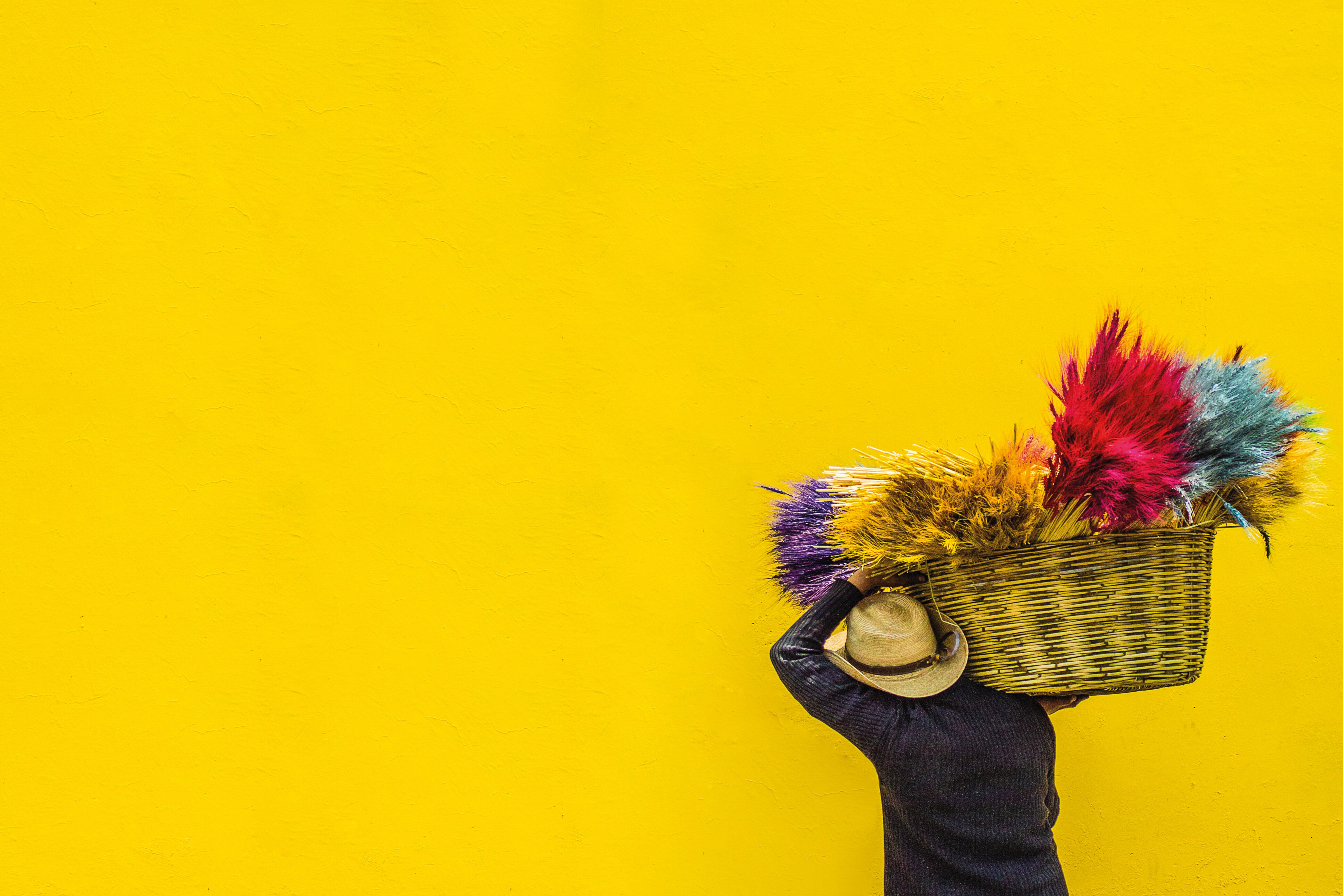Mastering the Fundamentals A Beginner's Guide to Photoshop Tools and Techniques

I’ve spent considerable time examining digital image manipulation, specifically within the Adobe Photoshop environment. It often strikes me how many individuals approach this powerful application with a sense of trepidation, treating it like some proprietary black box requiring arcane knowledge. My objective here is to strip away that mystique, focusing strictly on the foundational elements that truly drive effective image processing. Think of this less as a tutorial and more as an initial schematic diagram, mapping out the essential components you need to manipulate pixels with intention rather than random clicking. If we can establish a solid footing on these core tools, the more advanced operations suddenly become predictable extensions of basic principles.
The initial hurdle for newcomers is often understanding the sheer breadth of options Adobe presents; however, ninety percent of daily work relies on a surprisingly small subset of functions. Let’s consider the Move Tool (V) first; it seems almost too simple, yet its behavior shifts dramatically depending on whether you are working on a locked background layer or a floating selection. I find that users frequently forget to check the "Show Transform Controls" option when moving objects, leading to frustration when scaling behaves unexpectedly. Then there’s the selection suite, which demands precision; the Lasso Tools (L) are blunt instruments compared to the more sophisticated, mathematically derived paths created by the Pen Tool (P). Mastering the Pen Tool requires patience, understanding Bézier curves as mathematical functions defining direction and tension, not just arbitrary clicks. If your selections are sloppy, any subsequent application of color correction or cloning will reveal those initial inaccuracies starkly. I always advise beginners to spend an hour just refining selections on high-contrast edges before attempting any color work whatsoever.
Moving beyond selection, we must address the concept of layers, which is arguably the single most important structural concept in Photoshop. A layer is essentially a transparent sheet stacked atop others; what you see is the cumulative result of all visible sheets interacting. Understanding layer blending modes—like Multiply, Screen, or Overlay—is critical because they dictate the mathematical relationship between the pixels on the active layer and the pixels beneath it. For instance, using Multiply darkens an image by multiplying the luminosity values, which is inherently different from simply reducing the opacity of a layer, which merely mixes colors linearly. Furthermore, adjustment layers, such as Curves or Levels, do not permanently alter the underlying pixel data; they apply a corrective filter non-destructively across all layers below them, a vital distinction for iterative editing processes. If you find yourself painting directly onto the image layer for color correction, stop immediately; you are forfeiting flexibility that adjustment layers provide later in the workflow. We must treat the original image data as sacrosanct, modifying it only when absolutely necessary after all corrective and creative adjustments have been finalized.
Finally, let's look at the tools designed for localized correction and retouching, specifically the Clone Stamp Tool (S) and the Healing Brush (J). These tools are often misapplied because users fail to properly sample their source data. The Clone Stamp Tool copies pixels exactly from one area to another, demanding that the source area be clean and contextually appropriate for the destination area; using a texture from a bright sky to patch a shadow on a face yields obviously artificial results. The Healing Brush, conversely, attempts to blend the texture of the source with the luminosity and color information of the target area, making it superior for patching skin blemishes or small distractions where blending is preferred over exact replication. A common error I observe is setting the source point too far away from the area being repaired, resulting in noticeable shifts in tone across the repaired section. Proper technique involves making small, targeted samples frequently, treating the tool like a fine-tipped brush rather than a broad area filler. This disciplined approach prevents the telltale 'smudging' effect that plagues amateur retouching efforts.
More Posts from colorizethis.io:
- →Mastering the Art of Creating Holes in Images with Photoshop
- →Striking the Balance Evaluating Passive and Active Image Collection Methods
- →Migrating your Photo Library from Windows to macOS A Comprehensive Guide
- →Decoding Coach's Data-Driven Approach to Visual Merchandising in 2024
- →AI-Driven Virtual Prototyping Reducing Waste in Fashion Pre-Production
- →A Heartwarming Journey Through Trout Lake Family Photos